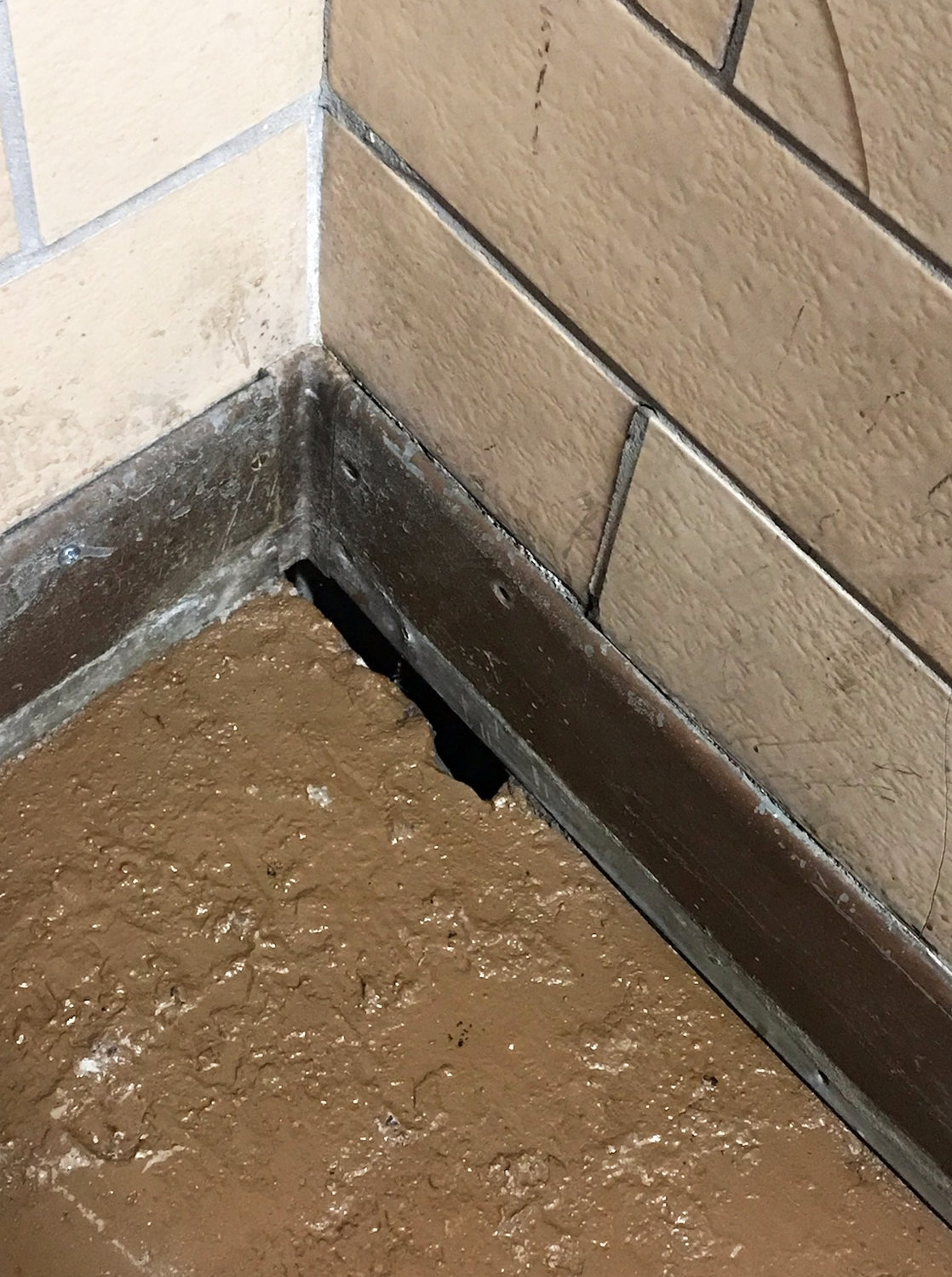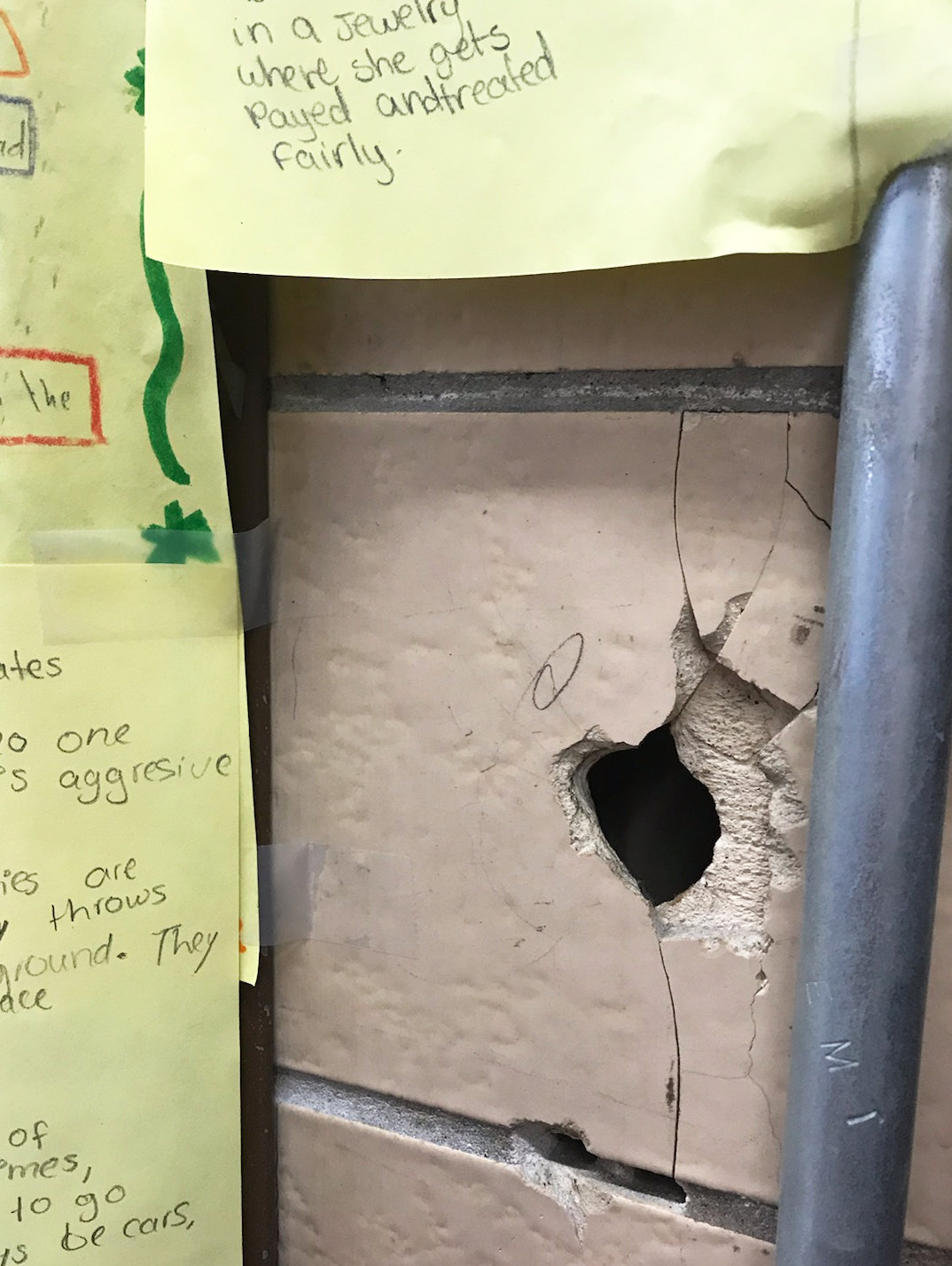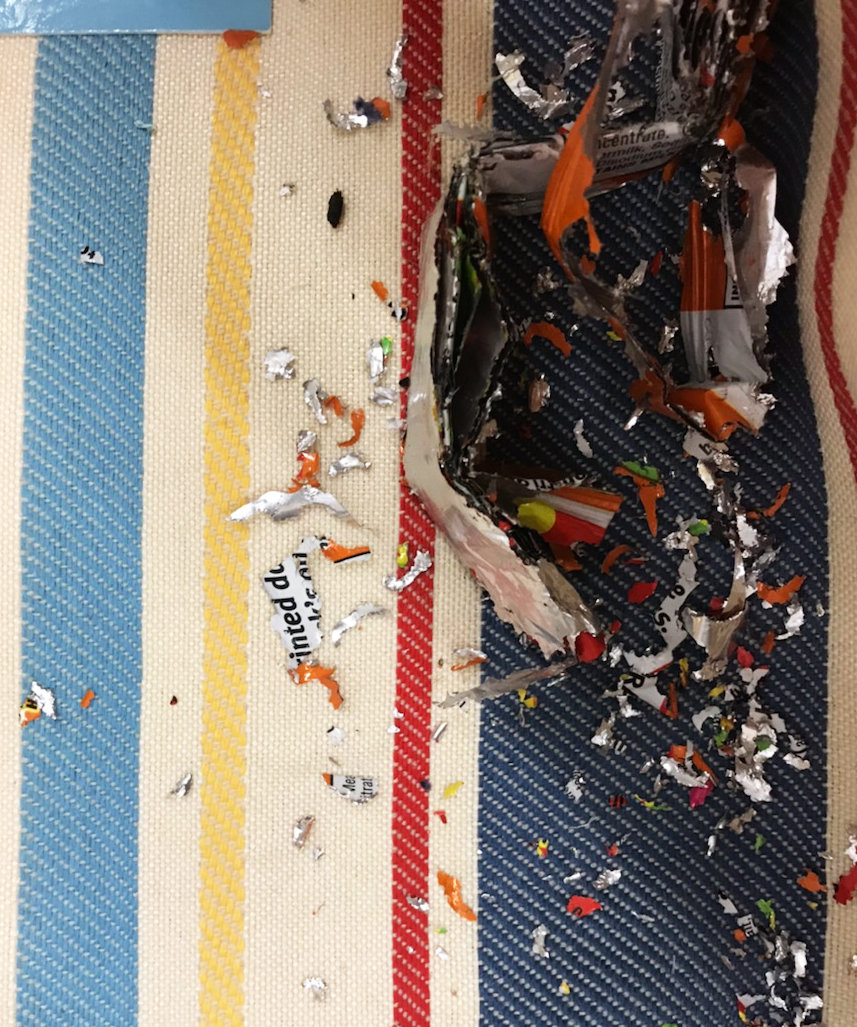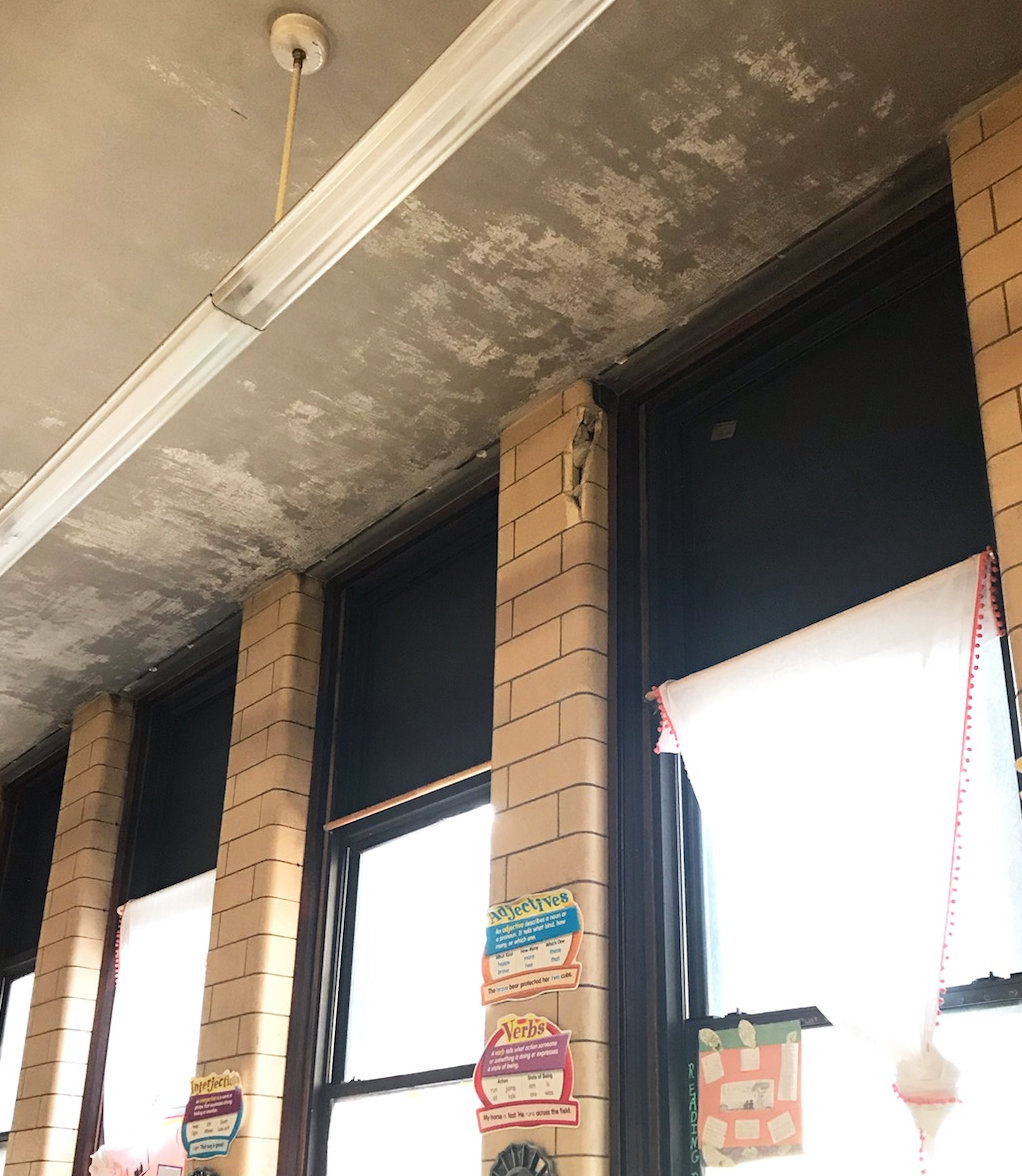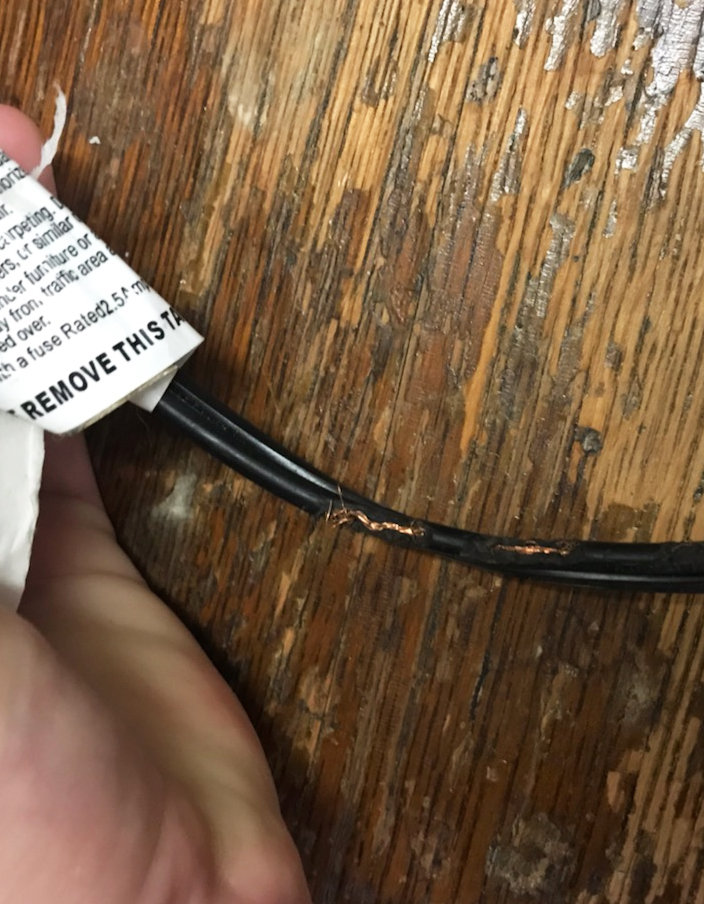What I found in my classroom
A show-and-tell interview with Betsy Taylor, Hope High School teacher, about the condition of her classroom on Wednesday, Aug. 28, five days before the start of the new school year
In November of 1994, Peter McWalters, the commissioner of the R.I. Department of Elementary and Secondary Education, said, in describing the Child Opportunity Zone initiative, “We believe that bringing together an entire community of services in a team approach is the best way to meet the needs of local children and families.”
Now, 25 years later, the pathway to finding solutions to our current poor conditions may lead back to the initiative known as Child Opportunity Zones. Why is there such an absence of knowledge about what happened?
PROVIDENCE – The courageous voice of Betsy Taylor, Hope High School teacher, has been front and center in reporting by ConvergenceRI on the conditions in the Providence public schools. Her story, “A teacher speaks her mind,” published on July 22, went viral, attracting more than 15,000 page views to date. [See link below to ConvergenceRI story, “A teacher speaks her mind.”
In that story, Taylor detailed the difficulties she encountered, both in working with English language learners and special education students, because of a lack of resources, poor curriculum, and appalling conditions in her basement classroom.
In speaking out, Taylor was aware that she was taking a risk. In response, Taylor has met with Providence Mayor Jorge Elorza and with interim Providence Superintendent Frances Gallo to present a positive plan of action to help improve the conditions in the classroom.
However, Taylor was unprepared for the conditions she encountered when she visited her basement classroom at Hope High School on Wednesday, Aug. 28, to prepare for the upcoming school year. She likened it to “a punch in the gut.” Taylor said she did not want to believe that the conditions she encountered in her classroom were retaliatory, targeting her because of her outspokenness, but the appalling nature of the conditions raised questions and concerns.
[Taylor, who had broken her ankle during the summer, will not be able to return to the classroom until sometime in mid-September. But she had gone with her husband, who took a day off from work, to do the preparatory clean-up work following the promised summer of repairs by the school administration.]
Here is the ConvergenceRI interview with Betsy Taylor, detailing the disturbing conditions she found in her classroom. It raises the critical question moving forward: who will ask for a health audit of Hope High School to be conducted by the R.I. Department of Health to determine if the building is safe for teachers and for children? And, will Mayor Elorza and other leaders step up efforts to protect Taylor from retaliation for speaking up?
ConvergenceRI: Why did you visit your classroom in the basement of Hope High School on Wednesday, Aug. 28?
TAYLOR: I went to school to set up my classroom and get it ready for the first day of school. Even though I’m not going to be able to return to work immediately [I broke my ankle two weeks ago], I couldn’t just sit around wondering what my class looks like and if it’s ready for my students.
Because of my limited mobility, I was using a knee scooter and my husband had taken the entire day off work to help.
As I scooted to the ladies room before getting to work, I passed a building administrator in the hallway. Instead of saying hello and asking me how I was, the administrator attempted to stifle a laugh upon seeing my physical condition.
I filed a grievance last year and finally [after months of follow-up on my part] it was approved. Work was supposed to be done on my room and I was excited to see what it looked like.
My grievance addressed many conditions that made my room a questionable space for teaching and learning.
These included: filthy, broken windows; a battered floor peppered with holes; tile walls with decades of filth smeared all over them; holes in the walls; and the grungy ceilings covered with flaking paint and mold.
I also filed an additional grievance to have my heaters cleaned after I learned about the health risks associated with the shedding of roach skins and what happens when they are exposed to heat. Not to mention what happens to mouse urine and feces when dry and heated.
ConvergenceRI: What were the conditions that you found?
TAYLOR: I was not prepared for the conditions I found. It felt like getting punched in the gut. We’ve been hearing that what we [the teachers] are saying is not true, that the conditions at Providence schools are not so bad.
This is false. The conditions are deplorable. The absolute bare minimum had been done to address the condition of my room.
ConvergenceRI: In particular, what was the status of the floor? The photo you shared shows a bumpy surface covered with unappetizing brown paint, with apparent holes in the floor. [See first image above.]
TAYLOR: The floor had been “repaired” by scraping off the old [linoleum] surface and slapping paint on top. No new flooring had been put back in place, just a thin coat of paint the color of a bubbling cesspool.
When my husband pulled a file cabinet away from the wall we found a large hole in the corner. This concerns me because it’s large enough for rats and other vermin to freely come and go. Sort of like a vermin super highway running from one end of the class to the other.
I remember having a conversation with the principal over the summer and asking him to please make sure that a real floor covering was used to replace the old.
His response: “What’s wrong with a painted floor?”
I told him that I don’t work in a car garage and my students don’t attend school in one, either, but I could tell by his response that this was most likely what I would get. I was right.
I can’t believe that nobody took the initiative to fill the hole uncovered when the original floor was removed.
My husband is going to cover it temporarily with metal to make it harder for critters to crawl in from outside.
ConvergenceRI: What was the status of the walls? The photo you shared shows a large, un-repaired hole. [See second image above.]
TAYLOR: There are several holes in the tile walls of my classroom. All are large enough for all kinds of vermin to pop in and out. Some holes appear to have been created by the tiles actually falling off the walls.
Try teaching ESL language classes in a room with ceramic walls. The echo can make careful listening a real challenge.
ConvergenceRI: What was the status of the ceiling? The photo you shared shows an unclean surface at best. [See third image above.]
TAYLOR: I have no idea what’s going on with my ceiling. It looks like it has not been tended to since Hope was originally constructed.
Due to decades of total neglect it appears to be crumbling and has peeling paint (lead-based?) dropping into the radiators. It also appears as if there is black mold.
ConvergenceRI: Another photo you shared you displayed what you labeled “mouse fun.” Can you describe what you found? [See fourth image above.]
TAYLOR: Yes, I was going through a bin of art supplies we use on projects and found the remnants of what appears to be a mouse house party, including what appears to be the remnants of a KitKat bar.
There were mouse turds scattered throughout, so I dumped the whole box. It reminded me back to the time when school papers I left on my desk last year were shredded by rodents.
I also found headphones [used for testing] that were thankfully still wrapped in their original plastic packaging, because I had to clean a substantial build up of rat/mouse urine off the outside packaging.
ConvergenceRI: In another photo you shared, it showed the wire cord to a fan that had apparently been eaten-through by rodents. Is that correct? [See fifth image above.]
TAYLOR: Yes. The school system does not supply fans, even if the room one is assigned to does not have air conditioning. I went to plug in my fan to get some air circulating and luckily discovered the damage to the cord before I was electrocuted or accidentally sparked a fire.
ConvergenceRI: In another photo you shared, it showed walls and ceilings that had apparently not been thoroughly cleaned. Can you describe what you found?
TAYLOR: The walls and ceilings look like something from a long-abandoned prison or squatters flat. I doubt they have ever been cleaned. I am afraid to lean against the walls.
ConvergenceRI: In yet another photo, you showed a hallway ceiling that still appeared to be in disrepair after being fixed. Can you describe what you found? [See sixth image above.]
TAYLOR: Yes, I had requested some trash bags so that I could properly dispose of garbage in my room. I was told that the school was “out” of bags and given a grocery cart to put my trash into.
When I expressed my disbelief that Hope High School didn’t have trash bags I was escorted to the supply closet where I saw some toilet paper and loose tampons. No trash bags. Apparently supplies for the new school year have not yet been received.
It was when I was on my way to the supply closet that I noticed the hallway ceiling. I stopped and started to take a picture, but was told not to bother because it had been fixed and that the superintendent had already seen it.
ConvergenceRI: What other evidence of mouse and rodent infestation did you find that had not been cleaned up yet?
TAYLOR: Thankfully my husband brought his Shop-Vac, because he spent a good deal of time vacuuming mouse crap out my bookshelves, cabinets, crevices, and windowsills. He has a much stronger stomach than I do.
While at school I ran into a colleague, a special education teacher, who had just been told by our principal that she had to vacate her classroom because he decided to give it to another teacher.
All of this is supposed to [by contract] be settled no later than Aug. 15. I was shocked because she had just been moved to the most recent classroom last year [after the ceiling in her original classroom collapsed]. She had just spent a week cleaning the room, painting it, and making it cheery.
I asked her where her new classroom was to be and she said that she didn’t have one but was going to use a space that used to be a bathroom on the second floor. All the toilets have been pulled out and stall doors knocked down, but it’s still an old bathroom and not a classroom.
She was busy cleaning out the room that she said had been filled with mouse crap and smelly old wrestling equipment.
ConvergenceRI: Was there evidence of roach infestation in the classroom?
TAYLOR: Yes. I have a serious phobia of roaches, so my husband didn’t want to alarm me that he had accidentally stepped on one in the classroom.
I only found out because I saw him wiping the sole of his shoe with a Clorox wipe.
I asked him why he was cleaning his shoe and he said that he had stepped on a roach and didn’t want to track eggs around or back home.
The next day [Thursday] was the first official day back for teachers. Apparently, during the orientation, a rather girthy cockroach ran across one of the tables being used by teachers and caused quite the disturbance. I realize that this may sound comical, but it’s quite the opposite. Another univited visitor, a rat, also made an appearance during the orientation by running across the cafeteria.
ConvergenceRI: Looking at the larger picture, do you feel that you were, in any way, being singled out or punished for speaking out about conditions at Hope High School?
TAYLOR: There is no way to prove so, but I can tell you, from first-hand experience and observation, that if a teacher questions the way that the building is being run or files grievances, then they are not going to get any favors from administration; quite the opposite.
Retribution for speaking out is not allowed [per our union contract], but it happens. This is one reason why so many teachers are afraid to say anything about the conditions they are working under.
I was forced to teach for three years in a room designed for self-contained students; it was built to hold about 12 students max. I had upwards of 30 kids per period in there.
Now I’m in the basement. The room is larger, but it’s not equipped with the technology needed to teach in the 21st century.
I believe that I have, in effect, been singled out and exiled to the basement. My other English colleagues reside mainly on the second and third floors.
ConvergenceRI: If you could, would you ask Mayor Elorza, Interim Superintendent Frances Gallo and Commissioner Infante-Green to request that the R.I. Health Department to conduct a health audit of your classroom to determine if it was a safe environment for students and teachers?
TAYLOR: Yes. I think the entire building needs a health audit. Why isn’t this being made a priority? This is the equivalent of telling students and teachers that their health is not taken seriously. We have a right to know if we are inhabiting a toxic environment.
This week, the Commissioner publicly stated that there are two schools that are not ready to open next week. Hope High School is one of them. It is covered with scaffolding, and construction on the roof alone is projected to take another year.
Why aren’t alternative building arrangements being made? The city and state are once again setting us up for injury, sickness, and failure.
And, why all the negative focus on skewed teacher absenteeism data?
The stats being given to the public do not separate absences into categories, such as maternity leave, bereavement leave, professional development, work-related injuries/sickness, and other excused absences. It conveniently lumps them all together to paint a disingenuous portrait of who we are.
ConvergeneRI: Is there anything else that you would like to add?
TAYLOR: Yes, I’m actually wondering about the district’s latest directive and expenditure flop. Recently the district purchased [rather impulsively] copies of a self-published book called Shoot Your Shot. The book is about living one’s best life and uses basketball as a metaphor.
It was purchased for all teachers, students, and aides in grades 6-12. We were told that we would be briefed on the unit plan for using this book on Aug. 27 during PD [professional development]. Then we were told it would happen on the Aug. 29.
Long story short, we are no longer going to be using this book because it has been deemed controversial, not accessible to many of our learners, and has been found to harbor some strong religious overtones.
What are we going to do with thousands of these books? Can we get a refund? Since they were purchased from someone who is self-publishing, I’m not sure we can have our monies reimbursed.
How did this book come to be chosen in the first place? Does someone in the district know the author? Each book costs $14, so I have heard projections that the expenditure on this is easily in the six digits.
With more than 30 percent of our students being English language learners, perhaps a book on the most popular sport in the world, soccer, might have been a more culturally relevant choice, or one that is accessible in multiple languages.

